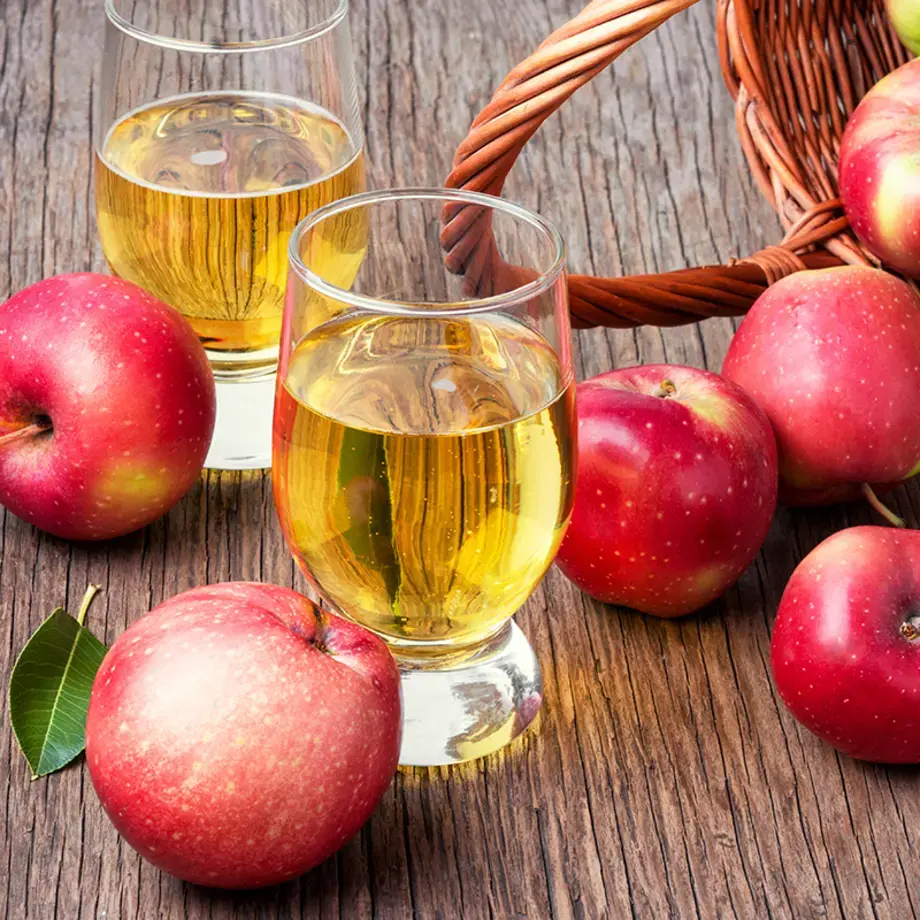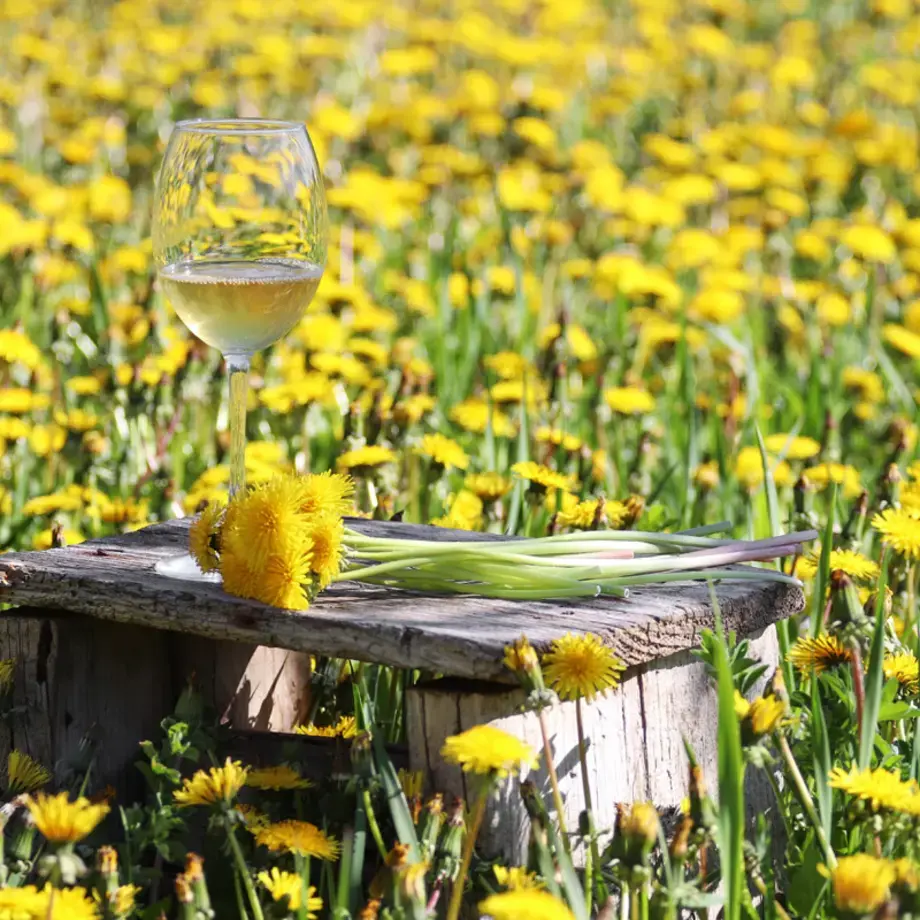Kvass is a fermented drink made from rye bread or black bread, and often flavoured with fruit, berries or mint. It originates from the Slavic countries of Central and Eastern Europe, where it has been brewed since the middle ages, and is particularly popular in Russia, where, alongside vodka, it is considered to be the national drink. Over the years, kvass has diversified into many different varieties and regional specialties, varying in colour, thickness and taste, according to the type of bread, brew time and the various fruits and sugars added.
Despite being a fermented drink, the alcohol content of kvass is typically very low. Of course, if you ferment for longer, or add more yeast and sugar, the alcohol will increase, but if you follow most homemade kvass recipes, the alcohol content is unlikely to exceed 1.5%. Kvass is typically treated as a non-alcoholic beverage, and is often given to children to drink, although it may not be suitable for pregnant people - check with your doctor if you’re not sure.
Kvass has a distinctive earthy, malty flavour that comes from the fermented bread. It has both sweet and sour notes, and is slightly carbonated. Fruits, berries, raisins or herbs may be added to enhance the flavour. Its colour varies from amber to almost black, depending on the recipe, and it is cloudy in appearance, like unfiltered beer.
There are various health benefits to drinking kvass. It is a probiotic, meaning that it encourages ‘good’ bacteria to grow in your gut, which can aid digestion and help boost your immune system. It also contains antioxidants, which protect your cells from oxidative damage, thus helping to prevent heart disease and certain types of cancer. As well as this, kvass is a good source of nutrients, with Vitamins B1 and B2 to help your body convert food to energy, Vitamin B12 to help with red blood cell formation and nerve function, and several important minerals including selenium, manganese and folate.
How to Make Kvass
Modern kvass is typically made by adding yeast and sugar to bread and water, or to water infused with bread overnight, and leaving the mixture to ferment. We love this simple homemade kvass recipe from Natasha’s Kitchen, made with toasted bread for a darker kvass and sweetened with a handful of raisins.








